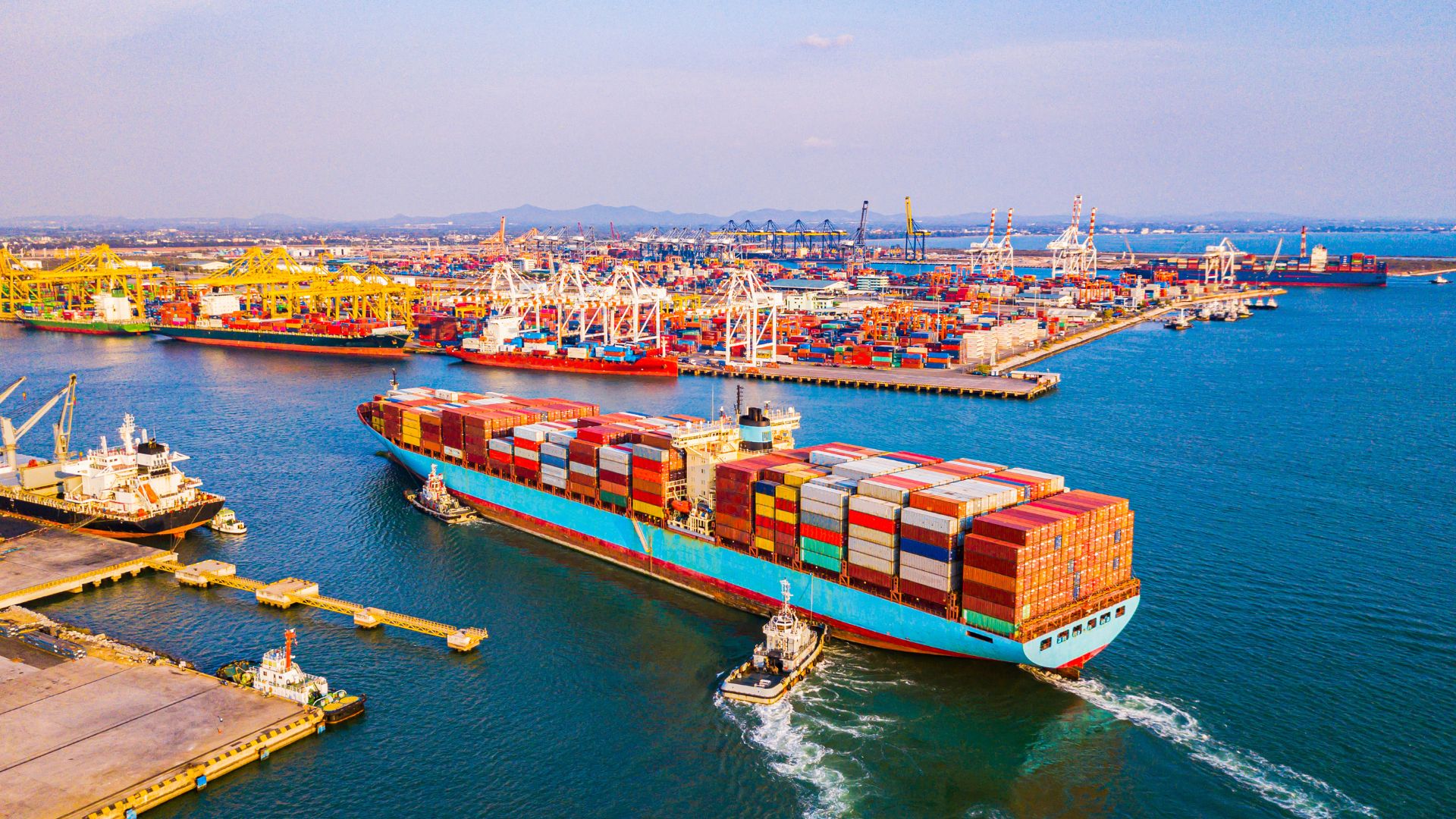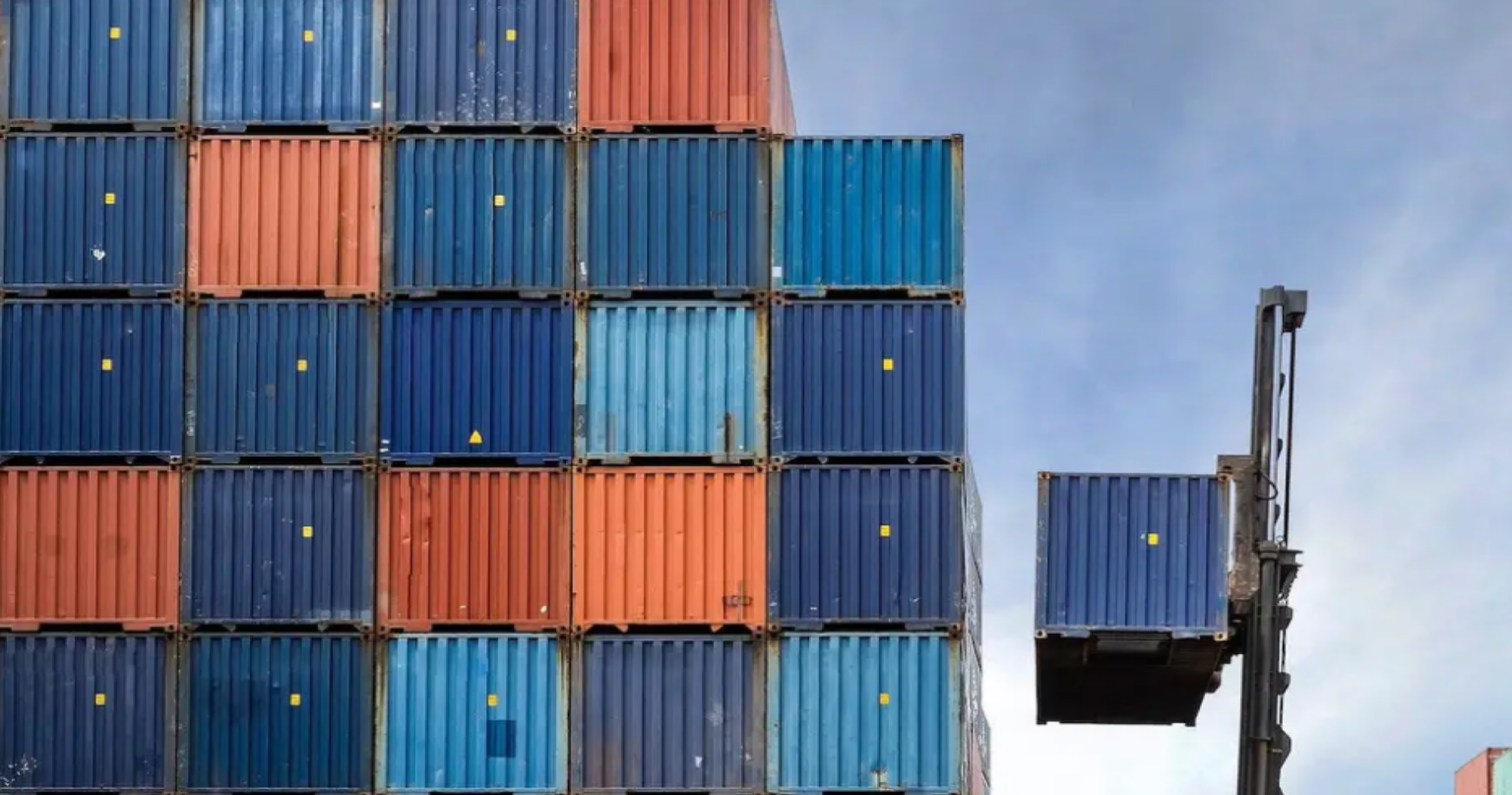The Purpose of SQF Certification Tiers
The Safe Quality Food (SQF) program offers a globally recognized pathway for demonstrating food safety and quality assurance. But SQF isn’t a one-size-fits-all system—it’s structured into multiple certification levels that allow facilities to scale their programs based on business needs, risk profile, and market demands.
Understanding these certification levels is essential for food manufacturers aiming to meet buyer requirements, align with regulatory expectations, and drive internal process improvement. It also helps define the scope of the SQF Practitioner’s role in managing and maintaining certification.
For facilities looking to build expertise, consider SQF Practitioner training to ensure your team is prepared to implement and maintain these programs effectively.
The Three Main Levels of SQF Certification
Each level of SQF certification builds on the last—starting with foundational food safety and culminating in robust quality management. Facilities may certify to any of these levels depending on customer requirements and operational maturity.
1. SQF Fundamentals Program
Designed for smaller or developing operations, the Fundamentals Program introduces food safety principles based on GMPs and HACCP. While it is not GFSI-recognized, it serves as a valuable on-ramp to more advanced levels. Consider HACCP certification to help your team effectively implement these foundational food safety controls.
Key elements include:
- Basic implementation of Good Manufacturing Practices (GMPs)
- Preliminary hazard analysis
- Documentation of basic food safety controls
This level is often used by businesses preparing for full SQF certification or meeting specific entry-level customer standards.
2. SQF Food Safety Code (GFSI-Benchmarked)
This is the most widely adopted level of SQF certification. It meets GFSI benchmarking requirements and is recognized across the global supply chain.
Core focus areas include:
- Full HACCP-based food safety system
- Documented allergen control, traceability, and recall procedures
- Food fraud prevention, food defense, and regulatory compliance
Facilities certified to this level demonstrate mature food safety management, readiness for unannounced audits, and alignment with FSMA regulations like the Preventive Controls rule.
3. SQF Quality Code (Optional Add-On)
The SQF Quality Code is a voluntary, value-added module that can be pursued in addition to the Food Safety Code. It’s designed for facilities looking to differentiate through product consistency, defect prevention, and process efficiency.
This level emphasizes:
- Statistical process control (SPC) and defect tracking
- Root cause analysis and preventive action programs
- Continuous improvement culture
The Quality Code doesn’t impact GFSI recognition directly, but it can significantly enhance brand reputation, customer confidence, and operational maturity.
Choosing the Right Path for Your Facility
Selecting a certification level is both a strategic and operational decision. It depends on:
- Customer expectations (especially from major retailers or distributors)
- Readiness and maturity of existing food safety systems
- Product risk profile and regulatory exposure
- Internal goals for quality, consistency, and brand positioning
Facilities should consult their SQF Practitioner or implementation team to evaluate which level aligns best with their business trajectory. Your certification body is also a good resource for determining which level or sector to pursue. Organizations start with the Food Safety Code and adopt the Quality Code once baseline systems are optimized.
Pro Tip: Even if you don’t pursue the Quality Code immediately, building quality management components early can reduce your long-term implementation costs.
Beyond Certification: Using Levels to Guide Continuous Growth
Certification is more than a pass/fail metric—it’s a framework for continuous improvement. Many companies use SQF levels as part of a broader roadmap to strengthen operational maturity. For example:
- A company might start with the Fundamentals Program, using it to build team knowledge and document control systems.
- As the business grows or customer requirements evolve, that same facility may transition to the Food Safety Code to meet GFSI expectations.
- Eventually, with strong process control in place, the Quality Code becomes a tool to minimize defects, reduce waste, and drive customer satisfaction.
In this way, SQF certification levels support long-term scalability. They give facilities an evolving benchmark for performance while creating a culture of proactive food safety and quality.
Why SQF Certification Levels Set the Tone for Compliance and Culture
SQF certification levels aren’t just milestones—they define how food safety is approached across departments, shifts, and supply chain partners. They influence audit scope, documentation requirements, employee training, and even how customers perceive your brand.
Facilities that treat certification as a living system—not just a badge—tend to get the most value from the program. Investing in your team’s expertise through SQF Practitioner training ensures your staff are equipped to implement, manage, and continuously improve your SQF program, maximizing compliance and operational excellence.








